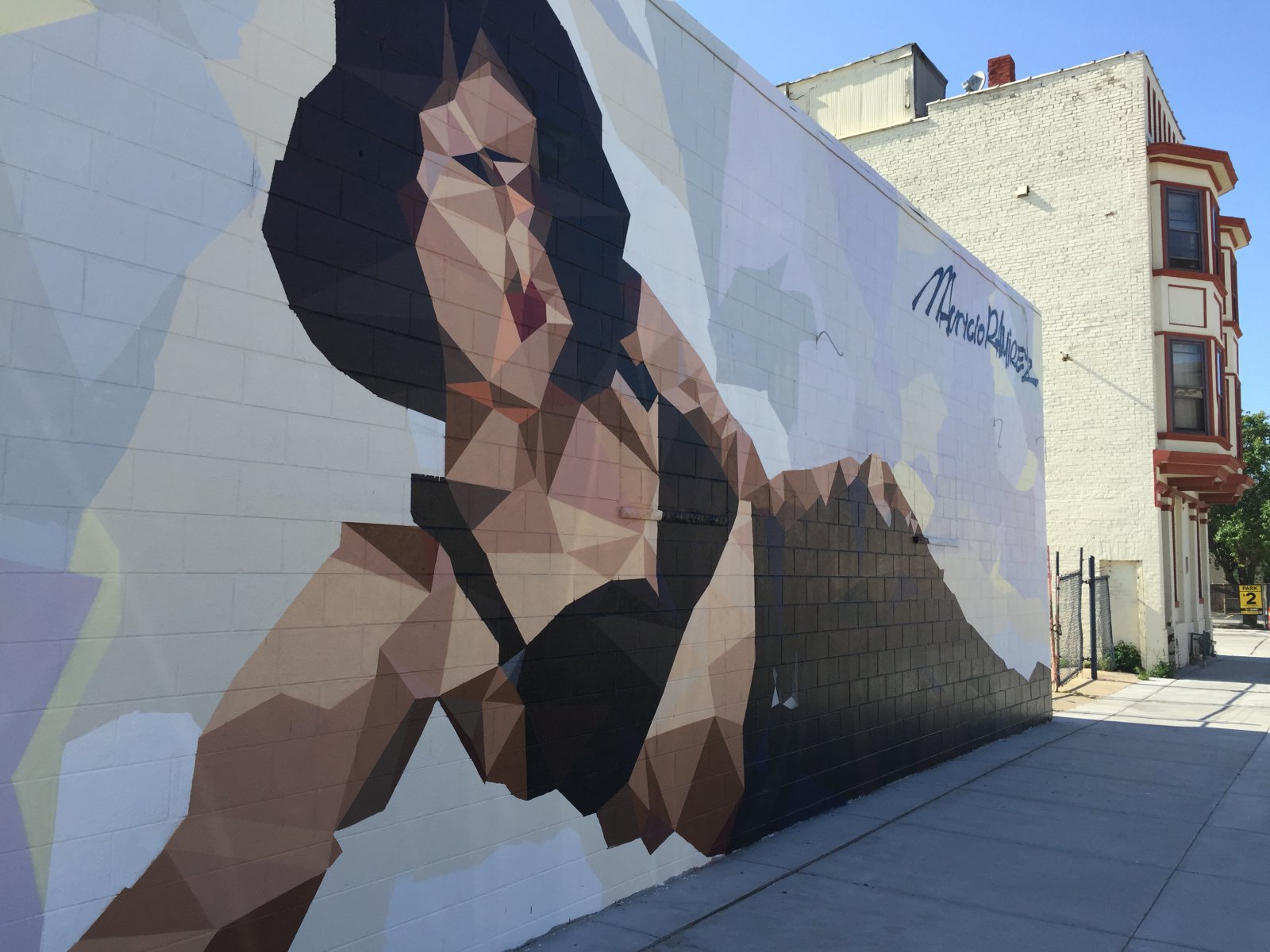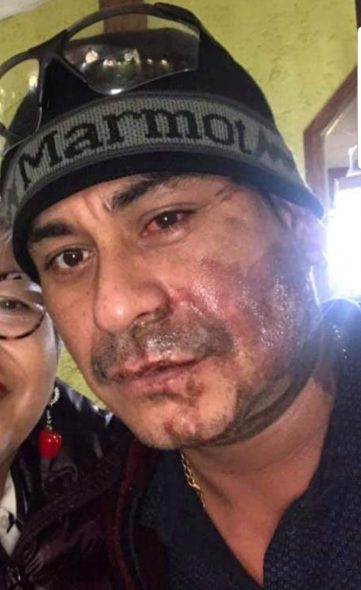How Hispanics Have Saved Milwaukee
Acid attack against man for “invasion” of Hispanics couldn’t be more wrong about their impact.
What would Milwaukee be like without Hispanics?
A lot smaller.
As a 2016 study by the UW-Milwaukee Center for Economic Development found, the city’s population would have dropped to just over 491,000 by 2014 without Hispanics. Instead the increase of Hispanics was the key reason the city’s population dropped only slightly, to just under 600,000.
“We have maintained our population in the city primarily because of the growth of the Hispanic population,” Mayor Tom Barrett notes. “There’s also been a significant growth in the suburbs.”
Milwaukee, in fact, was third among all cities in America during this period in the percent of population growth coming from Hispanics. But because this growth came later to Milwaukee than other cities, it still ranks below many cities (27th) in the percent of the population (10 percent) that is Hispanic.
But the overall impact for Milwaukee has been similar to that in other cities. As a recent New York Times story was headlined, “The Immigrants Trump Denounces Have Helped Revive the Cities He Scorns.”
The story noted the work of historian A.K. Sandoval-Strausz, a professor at Penn State, who has argued “that too much focus has been placed on the white, college-educated ‘creative class’ for resurrecting American central cities. It was Hispanic immigrants, he said, who rebuilt the housing in places like Dallas’s Oak Cliff neighborhood, and who revived the commercial district in Chicago’s Little Village (making such places more desirable to everyone else).”
The story cites research showing that “immigrants increase home values in sagging markets, and…their arrival encourages U.S.-born residents to follow, spurring population growth.”
“Other studies have shown that some of the biggest urban crime declines have been in neighborhoods where new immigrants have arrived. That’s most likely because foreign-born residents have lower crime rates than native-born ones, and their population growth in neighborhoods previously full of vacant properties can help restore eyes on the street,” the story noted.
Barrett cites research showing Hispanic businesses grew by 82 percent in Milwaukee in a recent five year period, tenth best among all cities. “Hispanics are becoming more involved in the city’s civic and political life,” he says. “And there is competition on the South Side to attract Hispanic students.”
In his travels around the city during 15 years as a mayor, he notes, “I don’t think I’ve ever heard a single complaint” from non-Hispanics about the growth of the Latinx population.
And then came the deranged attack on Mahud Villalaz, 42, a native of Peru who immigrated to the U.S. decades ago and is a naturalized citizen. He was standing outside a restaurant on the South Side and attacked by a white man, Clifton A. Blackwell, aged 61, who was carrying a container of acid he threw at Villalaz’s face.
“He started arguing, saying, ‘Why you came here and invade my country? Why you came here illegally?’” Villalaz told Newsweek. “[I said], ‘Sir, you don’t know my status. I’m a U.S. citizen too.'” Villalaz suffered second-degree burns to his face and was treated at a hospital.
Local Latino leaders called it a hate crime and pointed the finger at rhetoric from President Donald Trump. Rep. JoCasta Zamarripa (D-Milwaukee) denounced “those in power who have used dog whistles and vile rhetoric that led to this senseless attack.”
“This type of racial verbal attack and now physical attack is condoned in the highest level of governments in our country,” Barrett said, at a press conference covered by Wisconsin Public Radio. “This anger towards people of other countries is being fed by our president. And by his followers. And what we saw over the weekend is a manifestation of that anger.”
The attack came just three months after the mass shooting at a Walmart in El Paso, Texas, which left 22 people dead, and “appeared to be linked to the shooting claimed that Latinos were ‘invaders’, even though Latinos had been living in the area long before Texas became part of the United States,” as The Guardian reported.
A group of national Hispanic leaders decried the attack as “a carefully calculated and purposeful hate crime targeted at the Hispanic and immigrant community. It is an act of domestic terrorism… Hispanics in this country are under attack… Immigrants in this country are under attack. And President Trump is fanning the flames of hate, division and bigotry directed at us all — immigrants and U.S. citizens alike.”
“Since Trump took office, surveys and studies have shown that Latinos, particularly Latino immigrants, have become more insecure and fearful about their place in the country,” as the research crunchers at 538.com reported. A “Pew Research Center survey conducted from July to September of 2018 found that nearly half of Hispanics say their situation has worsened over the past year, up from 32 percent soon after the 2016 election.”
The attack on Vlllalaz was undoubtedly an irrational act: Blackwell, it appears was a military veteran who had suffered from post-traumatic stress syndrome.
If the goal was to go after the immigrant “invasion”, the attack could hardly have made less sense. Villalez has long been a U.S. citizen and few Peruvian Americans have settled this city, whose Hispanic population is largely of Mexican (67 percent) and Puerto Rican (23 percent) extraction, as the UWM study found. You might even say Blackwell picked the wrong city, as native-born citizens made up almost 73 percent of metro Milwaukee’s Latino population in 2014, as the study found. Compared to other American cities, far less of Milwaukee’s Hispanic population growth comes from immigration and instead comes from Chicagoans seeking less crime, better schools and other opportunities.
But the irrationality of the act is a match for the ugly and misleading statements of America’s president, decrying Mexican “murderers and rapists” when the evidence shows these immigrants are less likely than native-born Americans to commit crimes.
There was tremendous irony that Villalez was attacked on his way in to dine at the La Sierrita Restaurant on 13th and Cleveland, because there is almost nothing more American these days than a Mexican restaurant. The many such restaurants in the city are a regular draw to suburbanites seeking night-time fun and inexpensive and delicious food. Milwaukee, of course, was long known for its Germanic culture, but there are few restaurants left serving that cuisine. The true taste of Milwaukee these days, if one was to judge by the dining scene, can be found at Mexican restaurants. The contribution of Hispanics to Milwaukee is not one to attack, but to savor and celebrate.
If you think stories like this are important, become a member of Urban Milwaukee and help support real independent journalism. Plus you get some cool added benefits, all detailed here.
Political Contributions Tracker
Displaying political contributions between people mentioned in this story. Learn more.
Murphy's Law
-
Top Health Care Exec Paid $25.7 Million
 Dec 16th, 2025 by Bruce Murphy
Dec 16th, 2025 by Bruce Murphy
-
Milwaukee Mayor’s Power in Decline?
 Dec 10th, 2025 by Bruce Murphy
Dec 10th, 2025 by Bruce Murphy
-
Total Cost of Foxconn Is Rising
 Dec 8th, 2025 by Bruce Murphy
Dec 8th, 2025 by Bruce Murphy























I moved to Milwaukee in 1981. There were relatively few Hispanics in my orbit at that time. This city appeared to be in decline. Perhaps coincidentally, possibly as an example of cause and effect, this city seemed to blossom again with the influx of Latins(x)? A man named Lopez did the best work to improve my house of any contractor I have hired. When I was a teacher, some of my best students were Hispanics. I am delighted when I watch Latinas and Latinos dancing at the Lakefront Collectivo on summer nights. Hispanic music is embraced by black and white and all shades between in Milwaukee. I agree with Bruce Murphy that Hispanics have saved Milwaukee.